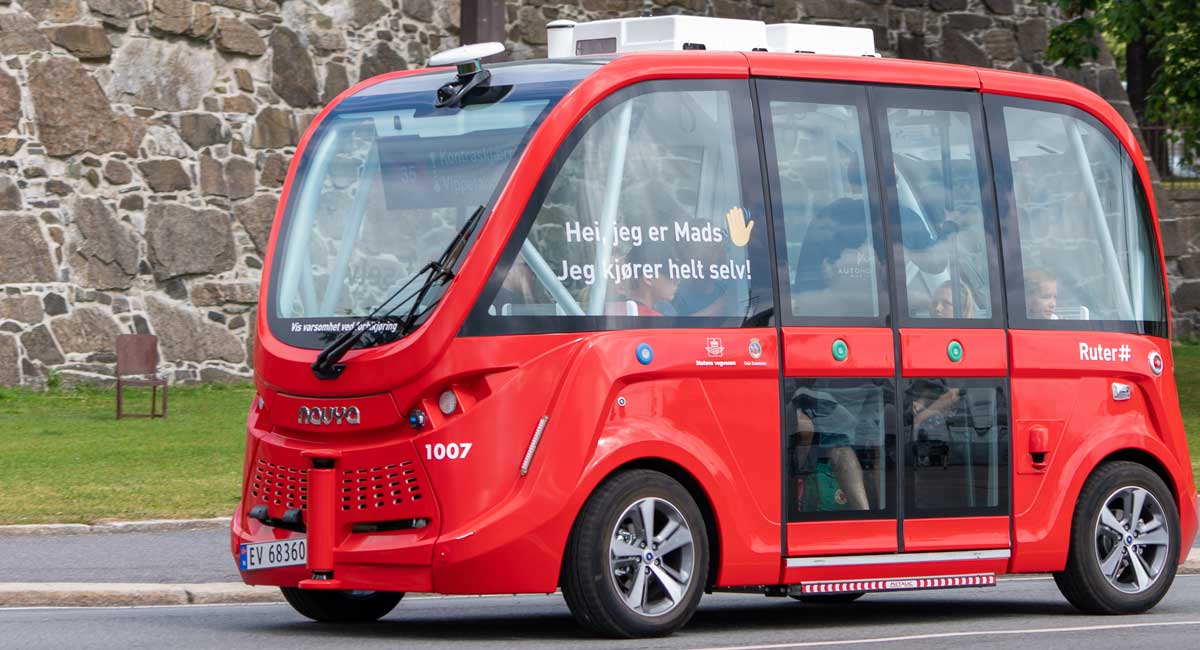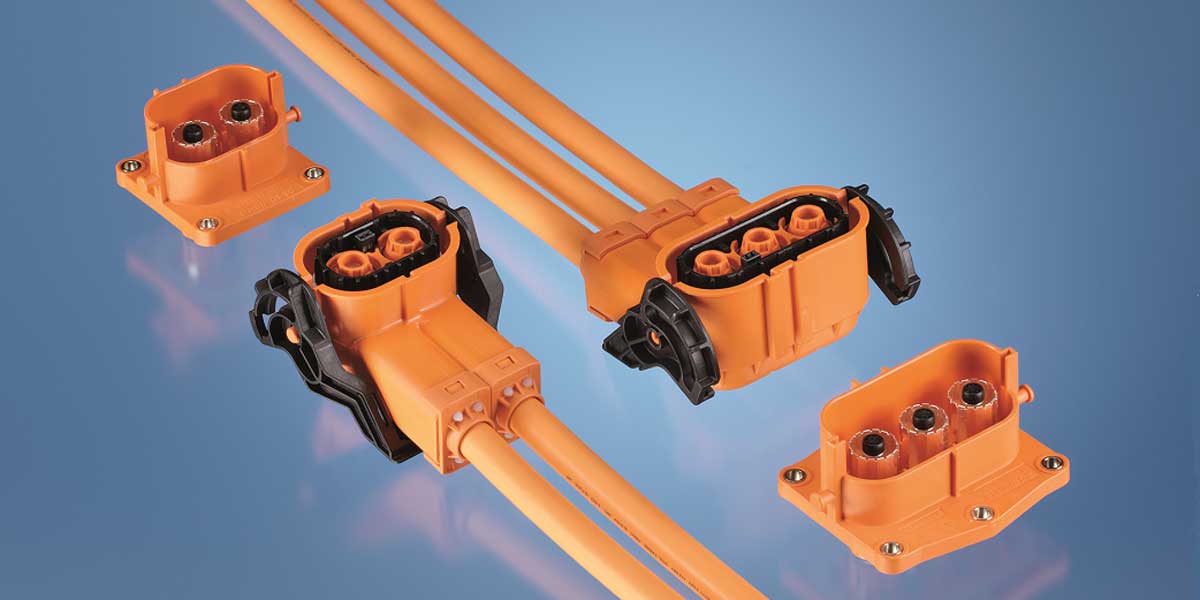This website uses cookies so that we can provide you with the best user experience possible. Cookie information is stored in your browser and performs functions such as recognising you when you return to our website and helping our team to understand which sections of the website you find most interesting and useful.
In a recent report entitled ‘Autonomous Vehicles: From Prototype To Production’, engineers were asked to scrutinise key challenges currently hindering the development of production-ready autonomous vehicles, and the results are telling.
These challenges, or obstacles, which are preventing the mass-market of self-driving cars, include more grounded assessments; such as ‘developing higher precision sensors and compute’, ‘producing automotive quality systems’ and ‘compliance with safety certification standards and regulations that are not yet decided.’
The autonomous vehicle (AV) market is currently awash with companies anxious to deliver on the promise of autonomous driving technologies. Inconvenient truths, highlighted in this report, are indeed sobering; but offer unprecedented insight into what the path to safe, self-driving vehicles might look like.
“To deliver on what is possible, automotive leaders must make future development leaps in safety, reliability, cost, compute performance and power profile of in-vehicle AV technologies and systems.”
The availability of sensors and components for autonomous vehicles, offered by the likes of TE and BOSCH, suggests that this isn’t the whole story. In TE’s The Road to Autonomous Driving report, for example, the company suggests that 72.5M connected cars will be sold worldwide by 2023, 15% of all vehicles will be completely autonomous by 2030.
While the jury may be out on just how long it will take for autonomous vehicles to become ubiquitous; when dealing with prototype AV systems, it quickly becomes evident just how many separate components and sensors are needed to make a vehicle fully autonomous. With all these systems, internal components are built to be lightweight, yet durable and capable of handling high voltages.

While, in theory, developing a functionally-safe, production-ready vehicle is possible; sensors and components are becoming more sophisticated each day (see TE’s recently launched AMP+ series); which makes building production-ready AVs a delicate process. For many engineers, the final edit doesn’t match up to expectations.
More than 28% of engineers chose some kind of hardware and compute issue as the toughest design challenge to overcome; including system speed, power demands, computing power, system cooling, and system size.
The biggest reported challenge was cost but protecting against security vulnerabilities is also perceived as a key hindrance to progress. And, according to this report, many engineers believe the sensor technology needed for a production-ready AV system is still in its infancy.
“The sensor technology doesn’t exist. Computing horsepower and algorithms don’t exist yet. The amount of human judgement in driving in boundless conditions is such that it will take over 10 years before a computer can make all of the judgments in a guaranteed safer way than a human in all situations.” — Director of Automated Driving Program
Tier 1 manufacturer TE would beg to differ, their sensor technologies are made fit for autonomous and semi-autonomous vehicles. For this supplier, the future is now.

The report, however, outlines the limitations of autonomous technologies on items such as ease of use, operational safety, and durability – a retort to popular assumptions surrounding autonomous vehicle technology.
Continuing, the report indicates that these limitations are challenges to be overcome, rather than blockages preventing production-ready automated vehicles.
A list of key recommendations are outlined. One suggests that while there have been clear leaps forward in developing successful AV-ready sensors, the R&D focus ought to shift from a prototype to pre-production context with functional safety and security top of mind.
Here is a list of the reports key recommendations:
- Develop hardware and software in tandem, with functional safety and security top of mind.
- Start optimising silicon now to get to automotive-grade OEM hardware.
- Look broadly at partner collaboration for software and hardware.
- Work toward consistent regulations backed by certification frameworks that ensure global AV safety.
For many, the autonomous vehicle revolution is inevitable, but it is further off than some might think. According to this report, challenges need to be overcome before fully autonomous vehicles will be made available to the public at large.

